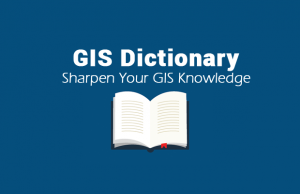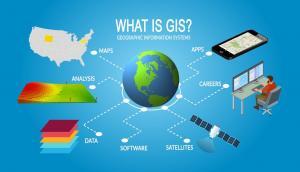Geospatial vs GIS: What’s the Difference?
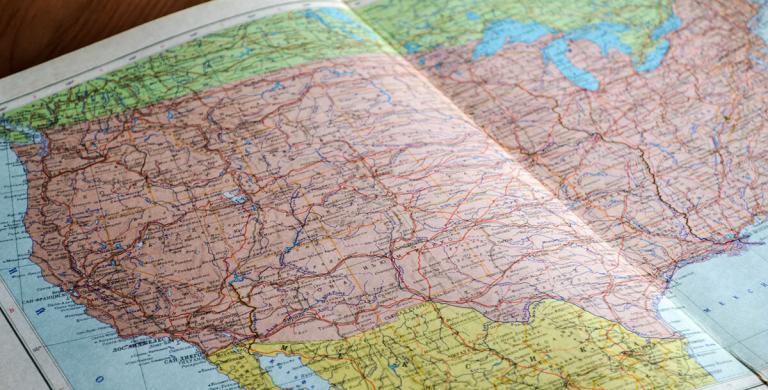
Geospatial vs GIS
When you hear the words “geospatial” and “GIS’, what comes to mind? Many people think the terms are interchangeable. But there’s actually a bit of nuance beneath the surface.
At the most basic level, both terms refer to the tools and techniques used to map geographic locations. However, the way they’re used can vary somewhat.
In this article, you’ll learn the key differences between the terms “geospatial” and “GIS”.
If you’re new to these concepts and you want to take the first steps to learn about both terms, you’ll want to read through to the end.
What is GIS?
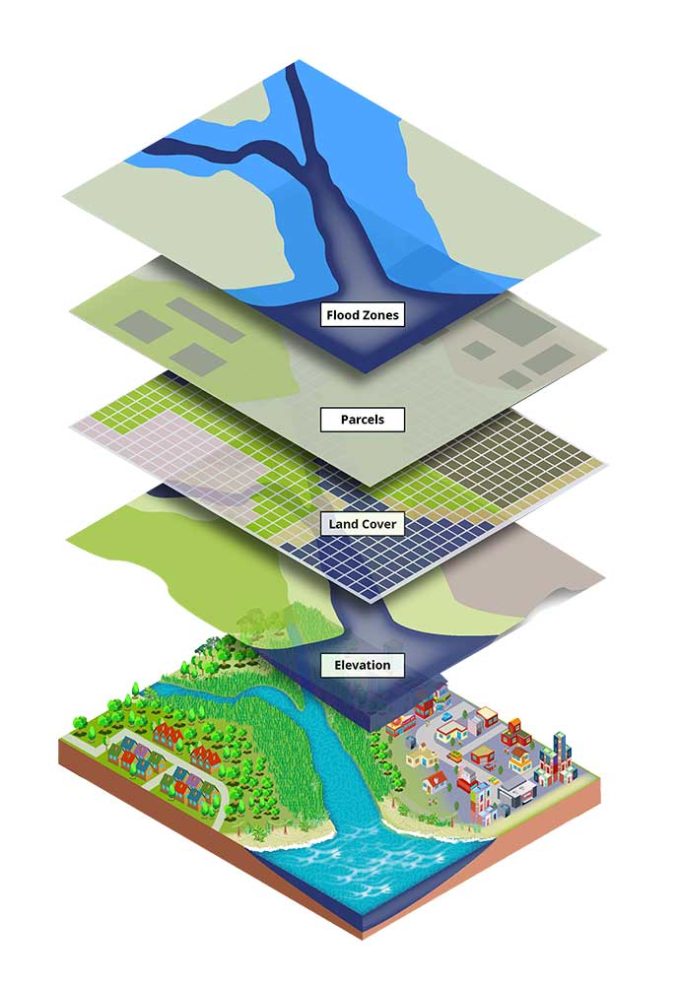
GIS (Geographic Information Systems) is the integration of spatial and non-spatial data using geographic software to store, analyze and visualize data.
People use GIS to create maps, graphs, diagrams, and charts that can help them visualize processes, outcomes, and other information.
While GIS can be used to create maps, it’s best known for its ability to process spatial data and analyze data about locations, like where things are located or how they’re connected.
This may include things like the locations of customers, the locations of assets, or the locations of potential customers.
What is Geospatial?
Geospatial on the other hand refers to the context of how data is associated with a particular location or geographic coordinate.
A simple example is using Google Maps to track the location of different addresses. Each location represents geospatial data because it relates to the mapping of places.
The term “geospatial” is a catch-all term with a broader scope for technology. But it always includes a location-based component.
This can include everything from GPS receivers, remote sensing, and LiDAR software.
Growth in Usage of “Geospatial”
This graph compares the usage of both terms “geospatial” and “geographic information systems” in Google Trends.
Overall, the term “geospatial” consistently gets higher usage than “geographic information systems”.
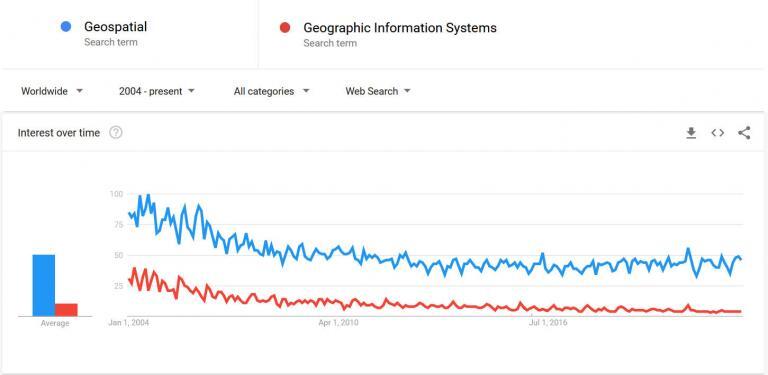
Note that it would be an unfair comparison to use “GIS” because it can refer to different acronyms with the same abbreviations.
But the term “spatial” is much more common than both “geospatial” and “geographic information systems” and it has a slight nuance to it as well.
Spatial vs Geospatial
Spatial and geospatial data have many parallels. But the term “spatial” has an even broader scope, which includes anything in physical space with or without coordinates.
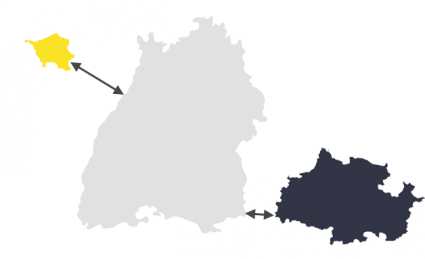
For example, spatial orientation is the process of identifying your location, where you are in relation to your surroundings, and the distance and direction between where you are and where you want to be.
From driving a car to navigating unfamiliar terrain, spatial awareness is a process that is crucial for a wide range of activities and everyday life.
But in the field of GIS, there are no differences between “spatial data” and “geospatial data”. Similarly, “spatial analysis” and “geospatial analysis” are generally equal terms.
Does it Matter?
You might be asking yourself. “Does this really matter?”… Nah. Potato, potatoh.
Both “geospatial” and “GIS” are concerned with mapping data or locations. The term “spatial” is even broader in scope.
In most situations, you can interchangeably use any of these terms without getting yourself in trouble.
What do you think? Can you interchangeably use these terms? Or are they reserved to reference in only certain circumstances? Please let us know what you think in the comment form.
READ MORE: 10 Free GIS Data Sources: Best Global Raster and Vector Datasets


